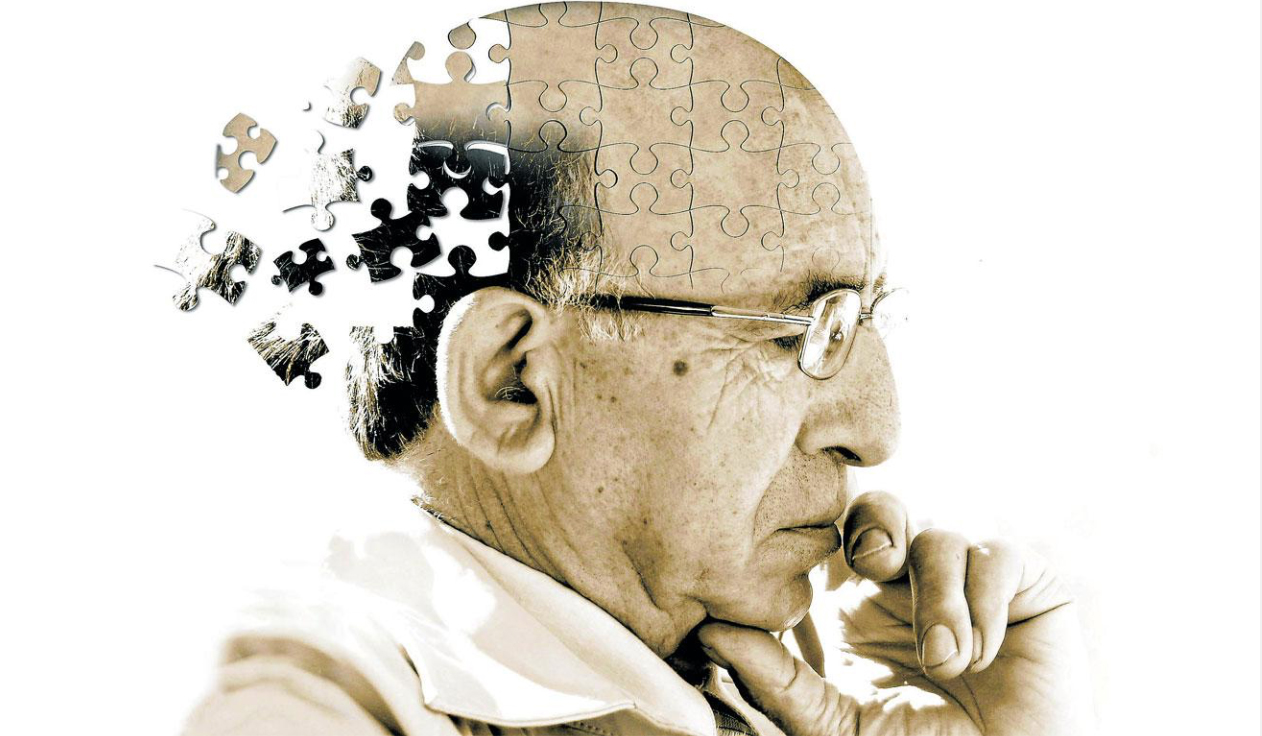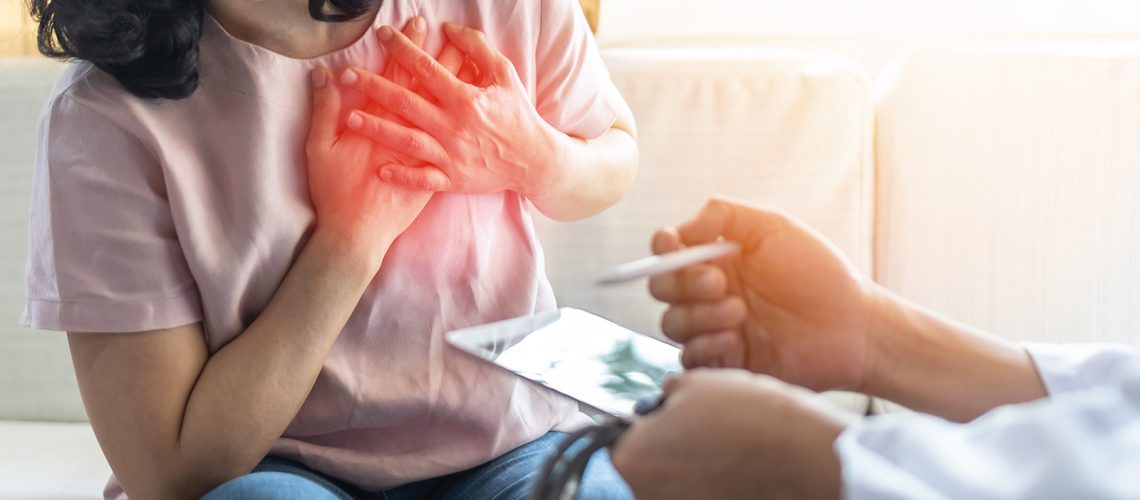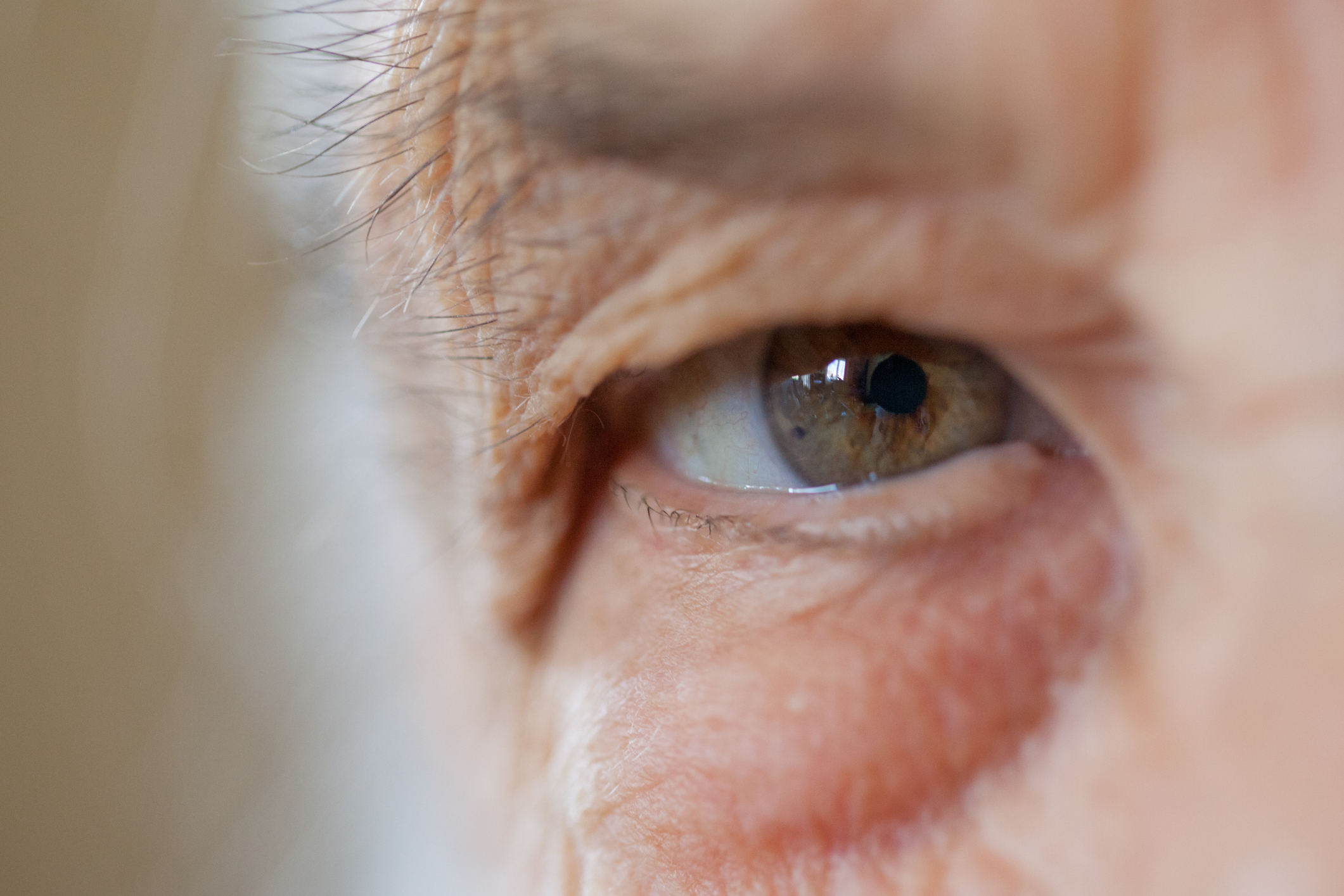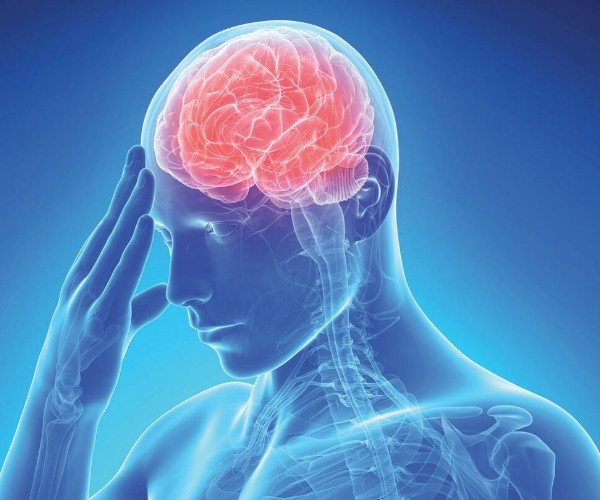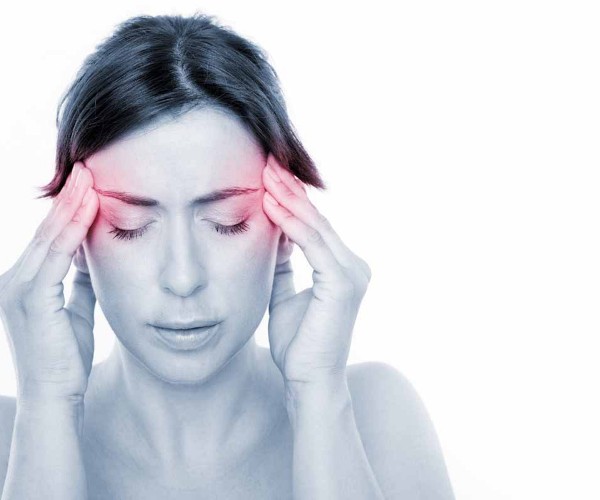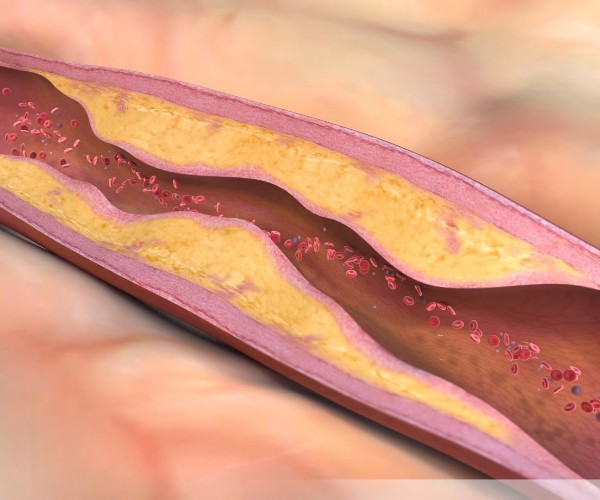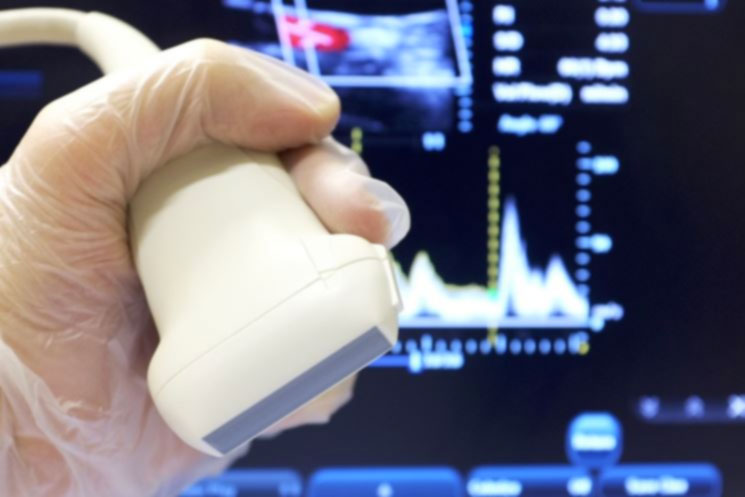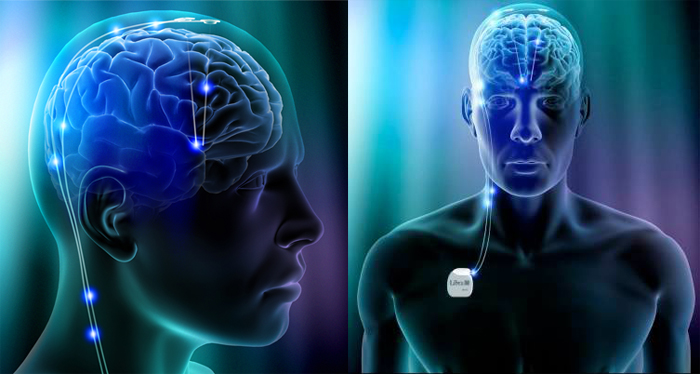It is a condition in which the mitral valve leaflets do not close tightly, causing blood to leak backward into the left atrium of the heart. If left untreated, this abnormality can cause damage to the heart muscle.
Mitral valve stenosis
In this other abnormality, the mitral valve leaflets become thick or stiff and may even stick together by fusing together.
This thickening produces insufficient valve opening, and because of the narrowed passage, this condition does not allow adequate blood flow from the left atrium to the left ventricle.
The phenomenon of mitral valve stenosis, as well as in other pathologies resulting from vessel thickening, such as in jugular stenosis, the resulting vessel narrowing results in insufficient blood flow, giving rise to typical insufficient blood volume symptoms.
Treatment for mitral valve disease should be evaluated according to the level of severity of its symptoms and the patient’s condition, especially when its worsening is evident.
In this case The physician may consider whether to refer the patient for cardiac surgery to repair or replace the mitral valve.
Symptoms:
Some people with mitral valve disease may not complain of symptoms for a long time, even for years. Signs and symptoms of mitral valvulopathy include the following:
- Abnormal heart sound (possible heart murmur) auscultated with stethoscope.
- Sense of fatigue.
- Reduced breathing, especially even after modest physical activity or after leaving a lying position.
- Irregular heart rhythm.
Causes:
The heart is equipped with four valves that can ensure adequate blood flow.These valves are: the mitral valve, tricuspid valve, pulmonary valve and aortic valve.
Each valve has flaps that open and close with each heartbeat.
If it happens that the valve opening and closing mechanism becomes abnormal it will happen that the blood flow will stop, and no blood will come to the body.
In mitral valve disease, dysfunction is established between the left atrium and the left ventricle, and blood can be pushed back toward the left atrium resulting in a condition of valve regurgitation.
Mitral valvulopathy has many causes, including some that are congenital, i.e., with heart defect at birth, and others that have occurred over the years such as primary mitral valve regurgitation, due to prolapse or stenosis.
Abnormalities of the left ventricle may be responsible for secondary mitral valve regurgitation occurring.
The condition of mitral valve stenosis is most often caused by rheumatic fever, a situation resulting from a complication of a streptococcal infection, which is harmful to the heart.
Diagnosis:
First step toward diagnosis is physical examination by the attending physician, with auscultation of heart sounds, to detect the presence or absence of heart murmurs.
The next diagnostic steps will involve the epletion of some clinical examinations, such as:
- echocardiogram;
- Transesophageal echocardiogram;
- electrocardiogram (ECG);
- chest X-ray;
- cardiac computed tomography (CT) scan;
- MRI;
- stress porova;
- cardiac catheterization.
Treatment:
- Monitor conditions with timely follow-up appointments.
- Adopt healthy behavioral rules in lifestyle.
- Take medications prescribed by the attending physician to treat symptoms, especially blood-thinning medications to avoid the risk of clots.
- Check the heart rhythm, that it is regular so as not to risk atrial fibrillation.
- Repair or replace the mitral valve with cardiac surgery, even in the absence of symptoms in order to prevent worsening or risky complications.
- Adopt a heart-healthy diet, choosing fruits and vegetables, low-fat poultry foods, fish and whole grains, avoiding saturated fats and limiting amounts of salt and sugar.
- Keep an eye on body weight, avoiding overweight, which is very harmful for prevention purposes.
- Avoiding stress or learning to contain it.
- Avoid smoking and other addictions.
- Finally, it is recommended to maintain a habit of keeping active and in as good a mood as possible.





